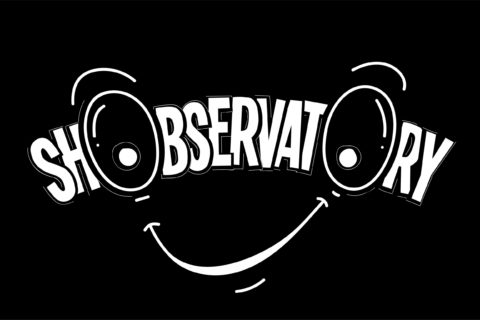Innovation Insights is a monthly series on Research World looking at all thing’s technological innovation. The series is based on several recent surveys with Arm (semi-conductor company valued at £23.4 billion) and will cover topics such as:
- Security – will security concerns stifle technological and product innovation or simply lead to more secure products?
- Insight driven innovation – what processes can be used to turn insight into innovation and how can insights into the way youths interact with technology be used to prototype software that assists and empowers them to tackle cyberbullying?
So far, this series has discussed consumer sentiment towards a range of technologies that’ll affect our lives in the coming decade.
These insights play a central role in the innovation process, allowing business leaders to dial up or down technology and to better position their products to appeal to as many consumers as possible.
However, understanding consumer sentiment is only one piece of the puzzle. For innovation to succeed (and it doesn’t often!), it must create or meet a consumer demand.
Technology = problem solver
Technology creates or meets demand by being a problem solver:
The specific methods, materials, and devices used to solve practical problems.
—Definition of ‘technology’ in the American Heritage Science Dictionary
The use of science in industry, engineering, etc., to invent useful things or to solve problems.
— Definition of ‘technology’ by Merriam-Webster
All definitions of technology share a common theme – technology exists to solve problems. And the best technology products and services do just this. For example, email solves the problem of sending a letter and waiting days for it to arrive. A laptop solves the problem of people being unable to work efficiently from home or on the move.
It makes sense therefore to use insights into consumer problems as the central point for innovation. This is where Jobs to Be Done comes in.
What is Jobs to Be Done?
Jobs to Be Done is an innovation framework that looks to explore consumers problems, find unanswered ones and then target innovations to address them.
Jobs to Be Done works on the idea that consumers don’t buy products or services. Instead, they pull them into their lives to make progress towards a goal. This progress is called the “Job” they want to get done.
Continuing the metaphor, customers then “hire” products or services for a specific Job. If the product does the Job well, they’ll “hire” it again and if not, they’ll look elsewhere.
How is Jobs to Be Done used for innovation?
Using Jobs to Be Done ensures that insight is the heart of innovation, by:
1. Uncovering all consumer ‘Jobs’
Structured qualitative interviews uncover the Jobs. They push past surface-level consumer needs to find the deep-rooted reasons why consumers hire certain product categories. Exploration of the functional, emotional and social dimensions of each Job provides rich insight for innovation.
2. Prioritising the ‘Jobs’ with the biggest innovation opportunity
Assessment of the Job’s commercial opportunity involves measuring the Job’s size, relevance and ability of existing products to satisfy the Job.
3. Targeting innovation towards specific Jobs
Innovation strategy targets the most commercially viable Jobs, ensuring there’s a significant consumer demand for the innovation.
Why does Jobs to Be Done lead to better innovations?
1. It focuses strategy on what matters most
Job to Be Done offers a clear framework for uncovering, prioritising and targeting the deep-rooted Jobs that really drive consumer behaviour.
2. It delivers actionable innovation goals
Innovation focuses on the Jobs specifically – the progress that customers are trying to make by hiring a product. This gives a better blueprint for innovation vs. overly generic consumer needs or segments.
3. It widens the margins for innovation
Jobs To Be Done focuses on the consumer Jobs, not existing products. This means it redefines categories and competitive sets. This broadens potential market value and makes it easier to find white space.
4. It gives confidence in investment decisions
JTBD is a rigorous process. This means innovation starts from stable foundations and has a commercial focus, making it easier to secure innovation budgets.
For these reasons, Jobs to Be Done is a great way of using insight for innovation and can be applied across any sector. However, Jobs to Be Done is especially valuable for technological innovation. Jobs to Be Done’s priority is to focus innovation strategy on solving a specific consumer problem, which is, after all, technology’s purpose.
Jobs to Be Done is just one method of using insights for innovation. Next month, we’ll look at how to rapidly transform insights into innovation prototypes using Design Thinking. Stay tuned.


